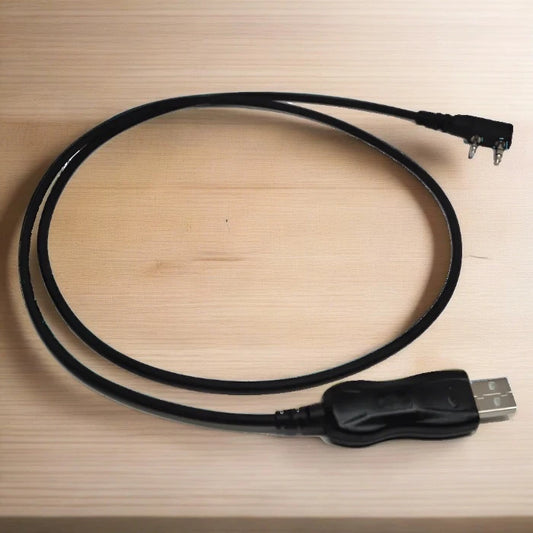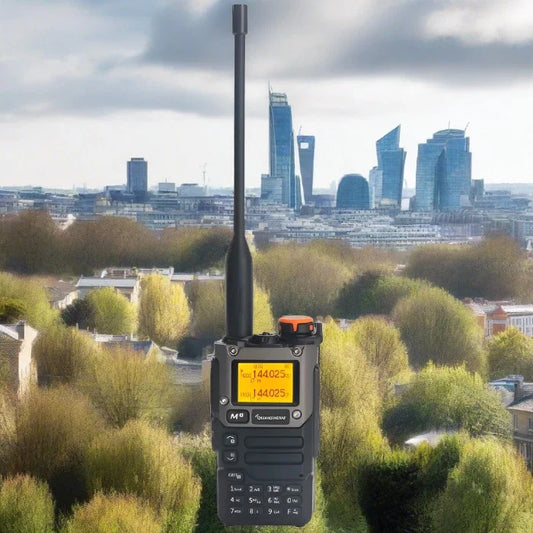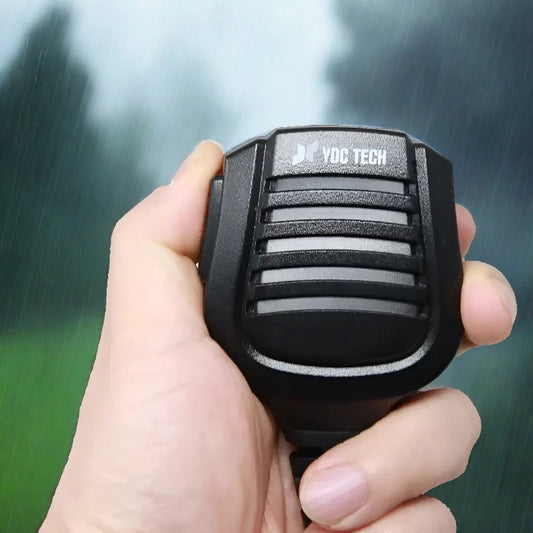Amateur radio operators, also known as "ham" radio operators, have been exploring the use of pico weather balloons in recent years. Pico balloons are small, lightweight balloons that are designed to reach high altitudes and transmit data back to the ground. In this blog post, we will explore in detail what amateur radio operators do with pico weather balloons, how they work, and what benefits they provide.
What are Pico Balloons?
Pico balloons are weather balloons that are designed to reach high altitudes of 30,000 to 50,000 feet. These balloons are typically made of thin polyethylene or latex material and filled with helium or hydrogen gas to achieve lift. Pico balloons are much smaller than traditional weather balloons, typically measuring between 11 and 36 inches in diameter.
Pico balloons are designed to carry small payloads, typically weighing between 15 and 30 grams. These payloads can include a variety of instruments and sensors, such as GPS receivers, temperature sensors, barometers, and even cameras.
Pico balloons are also equipped with transmitters that send data back to the ground. These transmitters can be designed to use a variety of communication protocols, including APRS and WSPR, which we will discuss in more detail later in this post.
What Can Amateur Radio Operators Do with Pico Balloons?
Amateur radio operators have found many applications for pico balloons. These include:
- Weather and Climate Studies
Pico balloons can be used to study the Earth's atmosphere and weather patterns. By carrying instruments that measure temperature, humidity, pressure, and other atmospheric conditions, pico balloons can provide valuable data that can be used to study climate change and weather patterns.
- Education and Outreach
Pico balloons can be used to engage students and the public in science and technology. By launching and tracking pico balloons, amateur radio operators can provide an opportunity for students to learn about the principles of flight, atmospheric science, and radio communication.
- Amateur Radio Communication
Pico balloons can also be used for amateur radio communication. By equipping the balloons with transmitters, amateur radio operators can use APRS or WSPR to transmit data back to the ground. This can include position, altitude, and sensor data.
How Do Pico Balloons Work?
Pico balloons work in much the same way as traditional weather balloons. The balloons are filled with helium or hydrogen gas, which provides lift. As the balloon rises, the atmospheric pressure decreases, causing the balloon to expand. Eventually, the balloon will reach an altitude where the atmospheric pressure is equal to the pressure inside the balloon. At this point, the balloon will stop rising and will begin to drift with the prevailing winds.
Pico balloons are typically designed to reach a target altitude, such as 30,000 feet. To achieve this, the balloons are filled with just enough gas to provide lift at ground level. As the balloon rises, the atmospheric pressure decreases, causing the balloon to expand. Eventually, the balloon will reach an altitude where the gas inside the balloon has expanded to the point where it can no longer provide enough lift to keep the balloon aloft. At this point, the balloon will begin to descend back to the ground.
To track the balloon, amateur radio operators typically use APRS or WSPR. APRS is a real-time digital communications protocol that uses packet radio to transmit position and status information. WSPR is a weak signal propagation reporter that can be used to transmit position and sensor data over long distances using low power.
Conclusion
In conclusion, pico weather balloons are a valuable tool for amateur radio operators who are interested in weather and atmospheric science, as well as education and outreach. By launching and tracking pico balloons, amateur radio operators can collect data easily and quickly, while tracking the equipment for recovery when the balloon finally lands.









